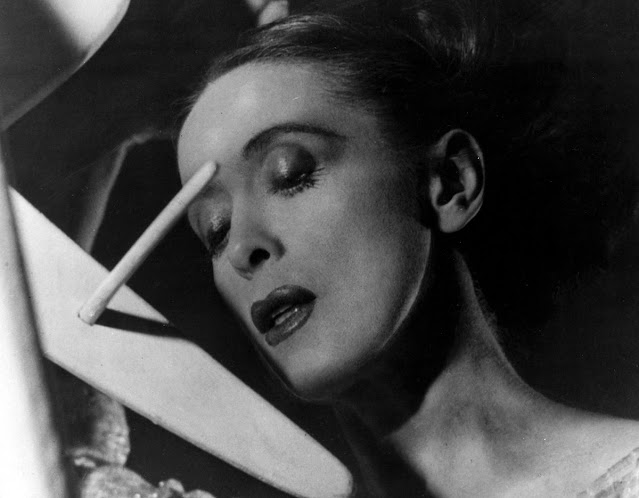Martha Graham
Martha Graham
Graham danced and taught for over seventy years. She was the first dancer to perform at the White House, travel abroad as a cultural ambassador, and receive the highest civilian award of the US: the Presidential Medal of Freedom with Distinction. In her lifetime she received honors ranging from the Key to the City of Paris to Japan's Imperial Order of the Precious Crown. She said, in the 1994 documentary The Dancer Revealed: "I have spent all my life with dance and being a dancer. It's permitting life to use you in a very intense way. Sometimes it is not pleasant. Sometimes it is fearful. But nevertheless it is inevitable."[2] Founded in 1926 (the same year as Graham's professional dance company), the Martha Graham School is the oldest school of dance in the United States. First located in a small studio within Carnegie Hall, the school currently has two different studios in New York City.
Graham was born in Allegheny City – later to become part of Pittsburgh, Pennsylvania – in 1894. Her father, George Graham, practiced as what in the Victorian era was known as an "alienist", a practitioner of an early form of psychiatry. The Grahams were strict Presbyterians. Dr. Graham was a third-generation American of Irish descent. Graham's mother, Jane Beers, was a second-generation American of Irish, Scots-Irish, and English ancestry, and who claimed descent from Myles Standish.[4][citation needed] While her parents provided a comfortable environment in her youth, it was not one that encouraged dancing.
The Graham family moved to Santa Barbara, California when Martha was fourteen years old.[6] In 1911, she attended the first dance performance of her life, watching Ruth St. Denis perform at the Mason Opera House in Los Angeles.[7] In the mid-1910s, Martha Graham began her studies at the newly created Denishawn School of Dancing and Related Arts, founded by Ruth St. Denis and Ted Shawn,[8] at which she would stay until 1923. In 1922, Graham performed one of Shawn's Egyptian dances with Lillian Powell in a short silent film by Hugo Riesenfeld that attempted to synchronize a dance routine on film with a live orchestra and an onscreen conductor.
When she left the Denishawn establishment in 1923, Graham did so with an urge to make dance an art form that was more grounded in the rawness of the human experience as opposed to just a mere form of entertainment. This motivated Graham to strip away the more decorative movements of ballet and of her training at the Denishawn school and focus more on the foundational aspects of movement. In 1925, Graham was employed at the Eastman School of Music where Rouben Mamoulian was head of the School of Drama. Among other performances, together Mamoulian and Graham produced a short two-color film called The Flute of Krishna, featuring Eastman students. Mamoulian left Eastman shortly thereafter and Graham chose to leave also, even though she was asked to stay on.
In 1926, the Martha Graham Center of Contemporary Dance was established, in a small studio on the Upper East Side of New York City. On April 18 of the same year[8] Graham debuted her first independent concert, consisting of 18 short solos and trios that she had choreographed. This performance took place at the 48th Street Theatre in Manhattan. She would later say of the concert: "Everything I did was influenced by Denishawn."[10] On November 28, 1926, Martha Graham and others in her company gave a dance recital at the Klaw Theatre in New York City. Around the same time she entered an extended collaboration with Japanese-American pictorialist photographer Soichi Sunami, and over the next five years they together created some of the most iconic images of early modern dance.[11] Graham was on the faculty of Neighborhood Playhouse School of the Theatre when it opened in 1928.






Comments
Post a Comment